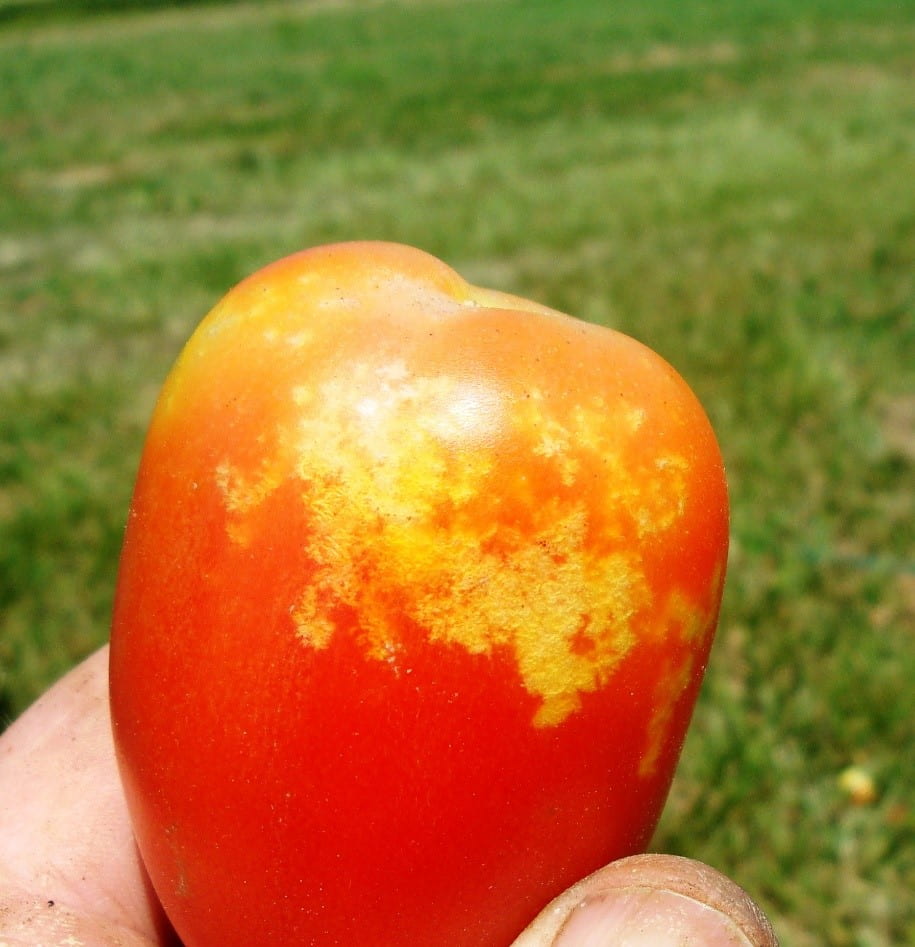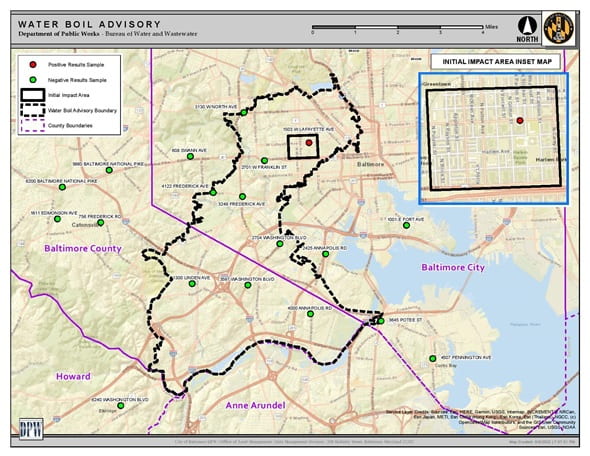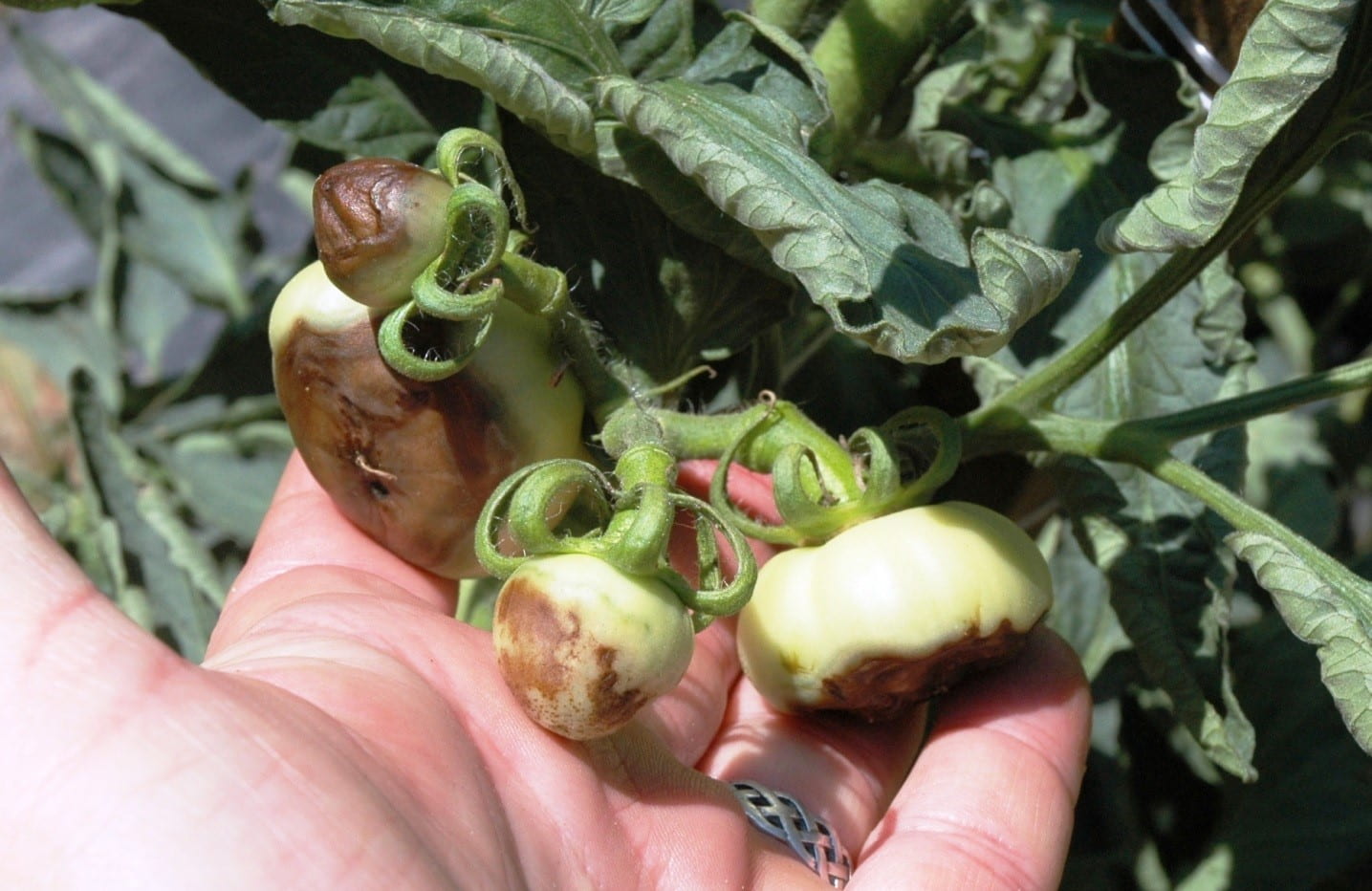September Insect & Disease Scouting
Emily Zobel, UME
Remember to rotate modes of action out every 30 days. Always read the label since not all materials are labeled for all crops, insects, or application methods. See the Mid-Atlantic Commercial Vegetable Production Recommendations Guide for more information (https://go.umd.edu/MidVegGuide).
Cole Crops/ Brassicas: Continue to scout all fields for beet armyworm, fall armyworm, diamondback moth larvae ((DBM)and cabbage looper larvae. DBM seem to be the main species seen across the regain this fall. For fresh-market crops treat when 20% of the plants are infested during seedling stage, then 30% infestation from early vegetative to cupping stage. From early head to harvest in cabbage and Brussels sprouts use a 5% threshold. For broccoli and cauliflower, use 15% at curd initiation/cupping, then 5% from curd development to harvest. If treatment is needed make sure to adjust your spray pattern such that spray is getting sideways to the undersides of leaves, particularly when using Bacillus thuringiensis and contact materials. Due to resistance development, pyrethroid insecticides (Group 3A) are not recommended for control of diamondback moths. Rutger’s is reporting that DBM is not responding to chlorantraniliprole (Coragen) in many parts of the state. It is important to return to treated fields within 2-3 days to assess the efficacy of the insecticide applications. Effective materials should eliminate DBM larvae within 48 hours.
Check young plants for flea beetles Thresholds for flea beetles are 1 per transplant or 5 beetles per 10 plants. They will lay eggs in soil and larvae can also cause significant root injury. Downy mildew and Alternaria can be a problem in fall brassica crops (cabbage, collards, broccoli, cauliflower, and kale). When the disease first appears, apply a fungicide every 7 to 10 days.
Sweet Corn: Scout any whorl stage sweet corn for fall armyworm (FAW). FAW can infest plants at any growth stage. Injury from newly hatched larvae shows up as “window panes.” As larvae gain size, they begin creating ragged holes in leaves with lots of droppings. FAW can be tough to manage because it is resistant to synthetic pyrethroid insecticides (IRAC 3A). Treat when 15% early whorl infestation, 30% mid whorl, and 15% infestation at tassel push. CEW number are currently active but low across that state, so unless temperatures rise again a 4-5 days spray schedule would be suggested for corn that’s tasseling or silking. Pyrethroid (Group 3A) resistance has been reported in populations of CEW.
Pumpkins and Late Melons: Scout for cucumber beetles and rind feeding lepidopteran worms, such as melon worms and fall armyworm. Look at the undersides of leaves that have been partially shredded and look at the rinds of pumpkins to determine if they are attacking the fruit. Due to our recent wet warm weather scout for Downy Mildew.




